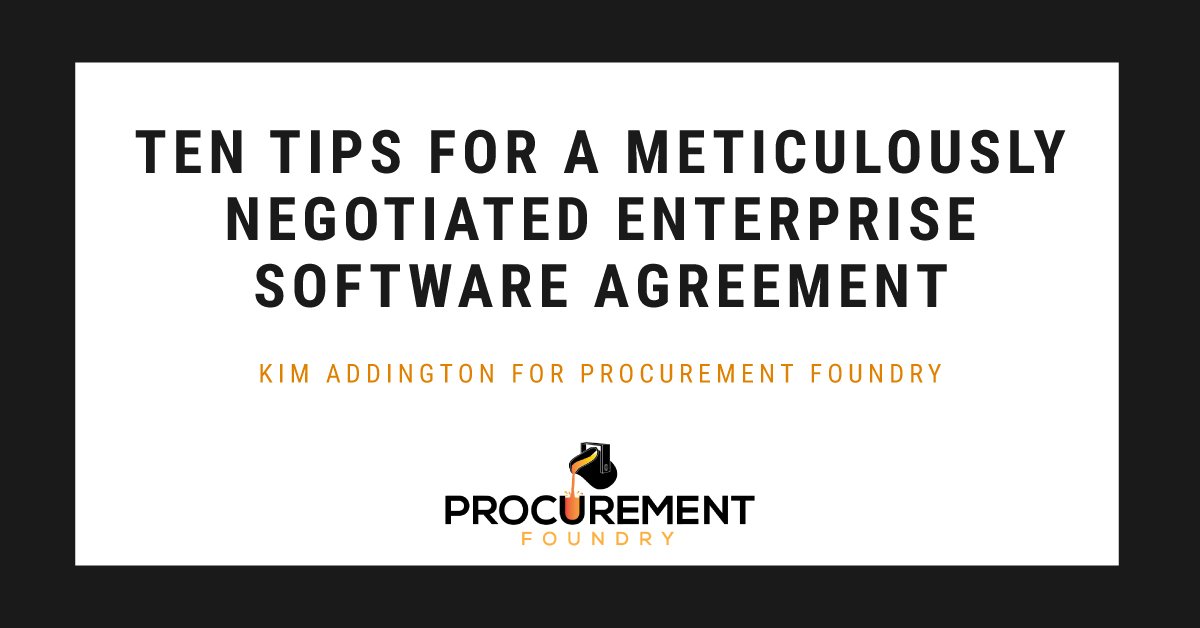Maximizing Savings Opportunities and Procurement's Strategic Value for CPOs
Saving money is not always about pinching pennies: advanced and data-driven insights enable you to identify real cost-saving opportunities, negotiate...

Among the unsung heroes of the last 12 months have been IT procurement practitioners. Ready or not, many digital transformation initiatives accelerated as businesses adapted their IT ecosystems to disruption. IT procurement has been instrumental in making that happen despite a long list of challenges. They’ve dealt with faster purchasing cycles, changing requirements, new cost mandates, new vendors, and all against the backdrop of increasingly complicated software vendor licensing and pricing. And there is no sign that digital transformation will slow down any time soon!
These dynamics have caused much needed reflection on what it takes to execute a well-negotiated software license agreement. What does a “good deal” look like as it relates to IT agility, business resiliency, demand flexibility and cost avoidance?
Here are ten tips to help you optimize your next enterprise software purchase or renewal for flexibility and resiliency as well as savings:
Pricing in the IT world is notoriously inconsistent, making it difficult to determine how your deal stacks up against market. What you pay for a similarly-scoped IT purchase or renewal can often be 20, 30 or 50 percent more than the next customer. Performing IT price benchmark analysis on material purchases and renewals provides guardrails for overspending. It ensures you pay equal to or better than market. Smart businesses use this tactic to eliminate overspending, keep pace with changes in vendor pricing and licensing, and conduct data-driven vendor negotiations.
Enterprise software vendors favor bundled pricing that combines multiple SKUs into a single package. However, failure to show line-item pricing makes it difficult to understand what you are paying for and the value of each item in the bundle. What may seem like a good deal can be a perfect recipe for shelf-ware that drives up maintenance or subscription costs. Ask vendors to provide item level pricing and discounts. This way each item can be evaluated for its true value to the organization, and line-item price benchmark analysis can be performed.
Fact: the savings tactics that happen before negotiations even begin are often the most impactful and software license optimization is a good example. Most companies overspend by paying for unused licenses and subscriptions or higher-level licenses than necessary. To avoid overpayment, you need to fully understand which licensing options (including the cost implications of things like virtualization, indirect access, etc.) best fit your unique user and business requirements. If you don’t have vendor-specific expertise in house, consult objective third-party licensing experts that do.
The practice of trading better pricing for long term commitments is common among many industries, including enterprise software. Focused on growing their businesses, many software providers are willing to lower their prices in exchange for continued user loyalty. This is a good opportunity for companies to balance their own needs to minimize IT spend while still pursuing mission-critical IT objectives – but requires careful evaluation. Vendor lock-in can have negative implications on IT and cost agility.
Interested in the remaining six tips for negotiating a best-in-class software agreement? Keep reading here.
About the Author
Kim Addington is COO of NPI, an IT procurement services company that helps businesses identify and eliminate overspending on IT purchases. NPI delivers transaction-level price benchmark analysis, license optimization advice and vendor-specific negotiation intel that enables IT buying teams to drive measurable savings. NPI analyzes billions of dollars in IT spend each year for clients spanning all industries that invest heavily in IT. NPI also offers software license audit, divestiture IT asset assignment and telecom carrier agreement optimization services.

Saving money is not always about pinching pennies: advanced and data-driven insights enable you to identify real cost-saving opportunities, negotiate...

The topic of our recent roundtable discussion with a dozen Procurement Foundry community members—exploring potential flaws in procurement incentive...

Every 30 days or so, I get the same alert on my phone—“Your electricity bill is available for viewing.” I take a quick look, make sure nothing seems...